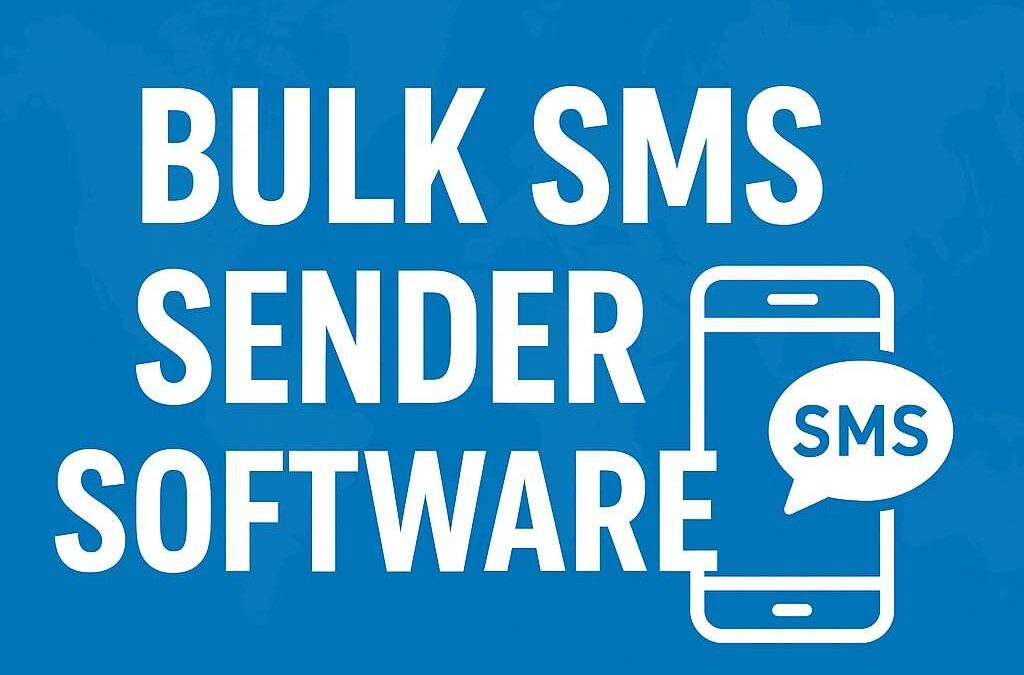In a world where food security is more important than ever, the intersection of agriculture and technology—AgTech—is revolutionizing the way we grow, manage, and harvest crops. But have you ever wondered who’s behind the software that powers this transformation? That’s where an AgTech software development company comes in. These companies are like the silent farmers of the digital world, cultivating code instead of crops.
If you’re curious about how these digital innovators work, what it costs to build such smart solutions, and why they’re crucial to our future, stick around. This article breaks it all down in plain English. Let’s dive in!
1. What is AgTech and Why Does It Matter?
AgTech, short for Agricultural Technology, combines traditional farming with cutting-edge tools like software, sensors, drones, and AI. The goal? To make farming more efficient, sustainable, and data-driven. In simple terms, it’s like upgrading from a flip phone to a smartphone—only for farms!
2. What Does an AgTech Software Development Company Do?
An AgTech software development company designs, develops, and maintains software that helps farmers and agribusinesses automate tasks, monitor crops, manage resources, and even forecast weather conditions. Think of them as the digital architects building tools for tomorrow’s farms.
They work closely with:
-
Farmers
-
Agronomists
-
Supply Chain Managers
-
Agricultural Engineers
Together, they create smart platforms that bring precision and performance to the soil.
3. Types of AgTech Software Solutions
Different farms have different needs. Here are some of the most common software solutions developed:
-
Farm Management Systems (FMS): Helps plan, monitor, and analyze all activities on the farm.
-
Precision Agriculture Software: Uses GPS, satellite imagery, and IoT for optimized planting and harvesting.
-
Livestock Management Apps: Tracks health, breeding, and feeding of animals.
-
Weather Forecasting Tools: Real-time updates for smarter farming decisions.
-
Supply Chain and Inventory Management: From field to fork—track everything in one place.
4. Real-World Examples of AgTech Applications
Let’s put it in context:
-
John Deere integrates AgTech into their tractors with GPS-powered guidance systems.
-
CropX provides soil data and analytics via mobile apps.
-
AgriWebb simplifies livestock data collection on mobile devices.
These aren’t just cool gadgets—they’re lifelines for farmers trying to do more with less.
5. Why Farmers Are Turning to Software Developers
Remember the saying “work smarter, not harder”? That’s exactly what farmers are doing.
With climate change, unpredictable markets, and rising costs, farmers need tools that help them:
-
Increase crop yield
-
Cut waste
-
Improve decision-making
-
Reduce labor costs
AgTech software delivers all of that—and more.
6. The Process of Building AgTech Software
Creating software for agriculture isn’t a one-size-fits-all game. Here’s how it’s typically done:
-
Discovery & Research: Understand the farm’s challenges and goals.
-
UI/UX Design: Design user-friendly interfaces.
-
Development: Code is written, integrated with hardware (like sensors).
-
Testing: Ensure the software works in real-life farm conditions.
-
Deployment: The tool is launched and used on-site or via cloud.
-
Maintenance: Regular updates and bug fixes.
Imagine building a tractor that runs on code—reliable, rugged, and ready for the fields.
7. How Much Does AgTech Software Development Cost?
Now, let’s talk money.
The software development cost for AgTech solutions can vary widely based on complexity, features, and platform. But here’s a rough idea:
-
Basic app or tool: $10,000 – $30,000
-
Mid-level software with integrations: $30,000 – $80,000
-
Enterprise-level platform with AI/IoT: $100,000+
Think of it like buying a vehicle. A bicycle (simple tool) costs much less than a combine harvester (AI-powered system).
8. Factors That Affect Software Development Cost
Here are some key influencers on the final price tag:
-
Features and complexity
-
UI/UX design requirements
-
Integration with third-party systems
-
Custom vs. ready-made solutions
-
Timeframe and project scope
-
Team expertise and location
The more complex your “digital farm equipment,” the higher the investment.
9. Custom vs. Off-the-Shelf AgTech Solutions
Off-the-shelf:
Pros: Quick, affordable
Cons: Limited features, hard to scale
Custom-built:
Pros: Tailored to your farm’s needs
Cons: Higher software development cost, longer development time
So, it’s like choosing between a ready-made suit or one stitched exactly to your measurements.
10. Top Technologies Used in AgTech Software
Behind every smart farm is even smarter tech. Some popular technologies include:
-
AI and Machine Learning – Predict crop diseases and recommend treatments.
-
IoT Sensors – Monitor soil moisture, temperature, and more.
-
Cloud Computing – Store and access data from anywhere.
-
Big Data Analytics – Make sense of massive farm data sets.
-
Blockchain – Ensure transparency in food supply chains.
Each tech tool acts like a “digital farmhand,” working 24/7 behind the scenes.
11. Challenges AgTech Developers Face
It’s not always smooth soil. Here are common hurdles:
-
Connectivity issues in rural areas
-
Adoption barriers among traditional farmers
-
Complex integration with farm machinery
-
Climate and environmental unpredictability
But skilled developers work around these with smart planning and adaptable designs.
12. Benefits of Hiring a Specialized AgTech Software Development Company
Why not just hire any software firm? Because AgTech is unique.
Here’s why specialists matter:
-
They understand farming pain points
-
They design for harsh environments
-
They ensure easy usability for non-tech users
-
They offer long-term support and scaling
Think of them as the “farmers” of the digital world—experienced, efficient, and empathetic.
13. How to Choose the Right AgTech Partner
Here’s a checklist for picking the right AgTech software development company:
-
Experience in agriculture tech
-
Client testimonials and case studies
-
Post-deployment support
-
Scalable solutions
-
Transparency in software development cost
It’s like choosing a seed—you want the best to get the best harvest.
14. The Future of AgTech Development
The future is green and smart. Expect:
-
Fully autonomous farms
-
AI-driven crop forecasts
-
Robot-assisted harvesting
-
Voice-controlled machinery
-
Carbon tracking and climate-smart farming tools
With tech evolving so fast, the next-gen farmer might need more apps than tractors.
15. Final Thoughts: Farming with a Digital Twist
At the end of the day, agriculture is still about feeding people. But how we do it is changing fast. An AgTech software development company is the unsung hero of this transformation—bringing the power of data, automation, and intelligence to the heart of farming.
Whether you’re a farmer, investor, or just someone curious about how your food is grown, one thing’s clear: the future of farming is digital, and it’s growing faster than ever.
FAQs
1. What exactly does an AgTech software development company build?
They develop custom software solutions for farming operations, including tools for crop monitoring, irrigation control, supply chain, and data analysis.
2. How much does AgTech software development cost?
Costs can range from $10,000 to over $100,000, depending on complexity, features, and the teh stack used.
3. Why is custom software better than ready-made AgTech apps?
Custom solutions fit the unique needs of a farm, offering better integration, efficiency, and long-term value—even if the upfront cost is higher.
4. Can small farms benefit from AgTech software too?
Absolutely! Many AgTech solutions are scalable and designed to help even small farms boost productivity and reduce waste.
5. How do I find the right AgTech software development partner?
Look for companies with industry experience, strong client feedback, scalable solutions, and clear communication on software development cost.







0 Comments